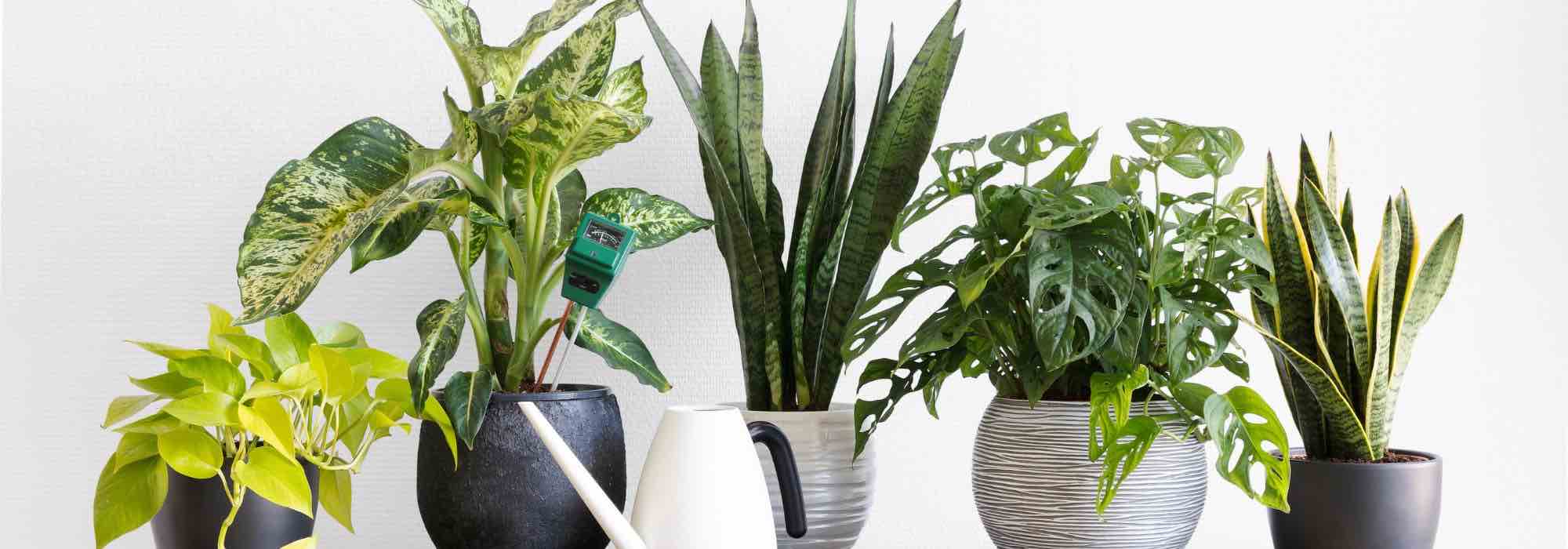
Main diseases and parasitic pests of houseplants
Identify, treat, prevent
Contents
Houseplants bring a touch of nature to our living spaces, but they are not immune to diseases and parasites. Yellowing leaves, mould, harmful insects… These are all warning signs that should not be ignored.
The problems encountered are often linked to unsuitable growing conditions: overwatering, lack of light, air that’s too dry or too humid. These factors weaken plants and make them vulnerable to attacks from fungi, bacteria and destructive insects.
In this article, we’ll review the most common houseplant diseases and parasites, learn to recognise their symptoms, and discover simple, natural solutions to prevent and treat these ailments.
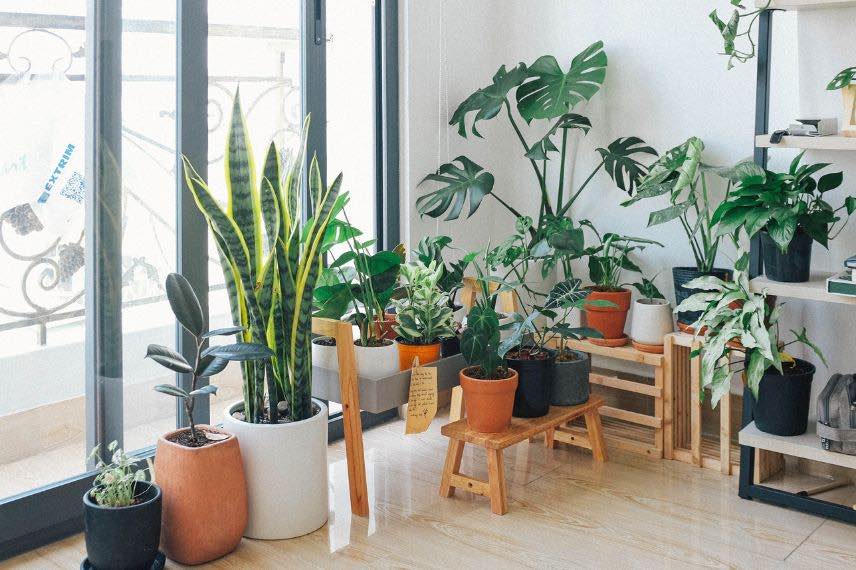
The more houseplants you own, the more attention you must pay to diseases and parasites that spread more easily
Common Diseases and Problems of Houseplants
Indoor plant diseases are usually caused by fungi, bacteria, or unsuitable growing conditions. They manifest through changes in the appearance of leaves, stems, and roots.
Powdery Mildew
Powdery mildew is recognisable by a white, powdery coating that appears on leaves, stems, and sometimes flowers. It causes discolouration and deformation of leaves and slows the plant’s growth.
This disease is favoured by excessive humidity combined with poor ventilation. High temperatures and lack of light can also accelerate its development.
Solutions:
- Remove infected leaves to prevent spread.
- Space out plants to improve air circulation.
- Avoid wetting leaves when watering.
- When misting leaves, ensure foliage dries quickly.
- Spray a solution of baking soda (1 teaspoon per 1L of water).
- Use milk or a garlic infusion.
→ See our article on powdery mildew to learn the dosages for these three possible natural treatments indoors.
Root Rot
This disease is characterised by yellowing or softening leaves, dark spots on the collar and stems, as well as roots turning black, soft, and foul-smelling.
It is caused by overwatering, poor substrate drainage, or the absence of drainage holes in the pot. Certain soil fungi (Phytophthora, Pythium) may also be responsible.
Prevention:
- Water only when the substrate surface is dry
- Use a pot with good drainage (holes at the bottom, clay pebbles)
- Ensure the potting mix is well-aerated and not too compact, suited to the plant.
Treatment:
- Repot the plant, carefully removing rotten roots
- Sprinkle activated charcoal or cinnamon to disinfect
- Reduce watering and avoid stagnant water in the saucer
Leaf Spots (Bacterial or Fungal)
Yellow, brown, or black spots appearing on leaves may be fungal or bacterial in origin. They are sometimes bordered by a yellow halo and lead to gradual drying of the foliage.
These spots are caused by excessive humidity, poor air circulation, or using contaminated tools during pruning.
Solutions:
- Remove affected leaves and dispose of debris away from plants.
- Avoid wetting leaves when watering.
- Space out plants to improve air circulation.
- Disinfect pruning tools between uses.
- Apply a natural fungicide like baking soda (1 tsp), diluted with a few drops of black soap in a water spray.
Yellow Leaves
Yellowing leaves are a common symptom that can be caused by several factors.
Symptoms:
- Leaves yellowing gradually or suddenly
- Appearance of darker veins
- Premature leaf drop
| Cause | Explanation | Solution |
|---|---|---|
| Overwatering | Stagnant water suffocates roots and prevents nutrient absorption. | Space out watering and check drainage. |
| Underwatering | The plant lacks hydration and yellows in response to stress. | Check substrate moisture and water more regularly. |
| Nutrient Deficiency | Lack of nitrogen, iron, or magnesium, essential for photosynthesis. | Apply a fertiliser rich in nitrogen. |
| Lack of Light | The plant doesn’t receive enough energy to maintain green leaves. | Move the plant to a brighter spot. |
| Natural Ageing | Older leaves yellow before falling. | Nothing to worry about if the rest of the plant is healthy. |
Grey Mould (Botrytis)
Grey mould is a fungal disease that causes a grey-brown fuzz on leaves, stems, and flowers. It leads to rapid wilting of affected parts and can weaken the plant within days.
It thrives in humid, poorly ventilated environments, especially in the presence of dead plant tissue.
Solutions:
- Remove dead leaves and flowers to prevent fungal spread.
- Space out plants to improve air circulation.
- Avoid overwatering and wetting leaves.
- Cut off affected parts and dispose of them away from other plants.
- Avoid excess nitrogen fertilisers.
How to Prevent Indoor Plant Diseases?
- Water moderately and avoid stagnant water.
- Use a well-draining, suitable substrate.
- Clean leaves regularly to prevent dust buildup.
- Frequently inspect plants for early signs of disease.
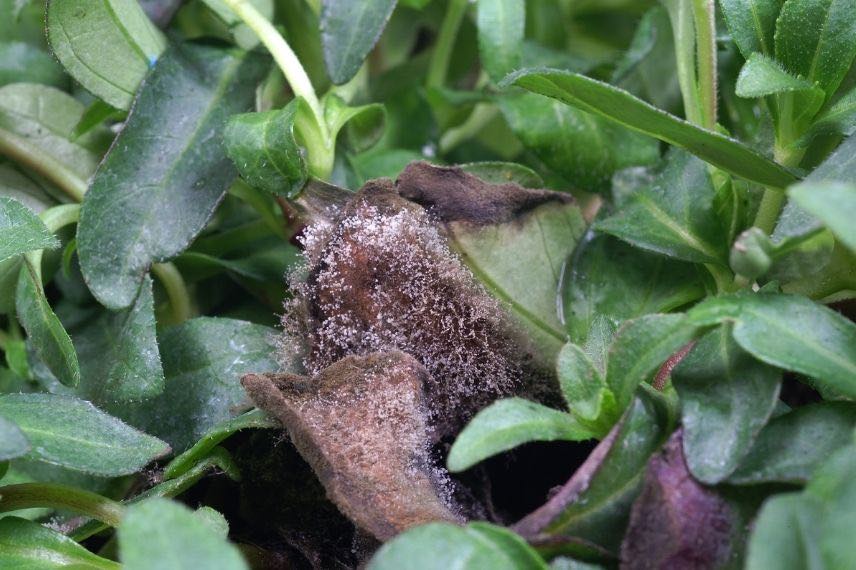
Botrytis or grey mould on leaf
The main parasitic pests of houseplants
Indoor plant pests are often small insects that feed on sap or plant tissues, weakening the plant. Some leave visible traces such as spots, honeydew, or leaf deformations. Here are the most common pests and how to effectively eliminate them.
Mealybugs
Mealybugs are small white insects covered in a cottony fluff. They cluster on stems, leaves, and in the axils of veins, where they suck the plant’s sap. They typically appear in warm, dry environments, or when a plant has been recently introduced without precautions. Their presence weakens the plant, slows its growth, and encourages the development of sooty mould, a black fungus that grows on their honeydew.
Solutions:
- Isolate affected plants to prevent spread.
- Remove mealybugs with a cotton bud soaked in 70° alcohol.
- Spray a solution of diluted black soap in water, mixed with the same alcohol and rapeseed oil.
Aphids
Aphids are small green, black, or yellow insects that cluster on young shoots and tender leaves to suck their sap. They weaken plants, deform leaves, and produce honeydew, which attracts other pests and promotes sooty mould. They often appear when the plant is weakened, particularly by excess nitrogen in the substrate.
Solutions:
- Rinse the plant to remove as many aphids as possible.
- Spray with soapy water using black soap.
- Install yellow sticky traps to catch flying aphids.
Spider Mites (Tetranychus)
These microscopic mites attack leaves by piercing cells to extract their contents, causing gradual yellowing of foliage. Their presence is detected by fine silky webs under the leaves. They thrive mainly in warm, dry environments, especially in winter when heating dries the air.
Solutions:
- Rinse the plant with lukewarm water to remove mites.
- Increase ambient humidity by misting leaves regularly.
- Introduce beneficial insects like Phytoseiulus persimilis, a predatory mite that feeds on spider mites.
Thrips
Thrips are tiny elongated insects that pierce leaf cells to extract sap, leaving silvery or brownish spots. They cause general weakening of the plant and can be hard to spot with the naked eye. Their appearance is favoured by warm, dry conditions.
Solutions:
- Install blue sticky traps to catch adults.
- Spray a diluted neem oil solution.
- Increase ambient humidity to slow their development.
- Introduce beneficials like Steinernema feltiae nematodes or Amblyseius cucumeris mites.
Fungus Gnats (Sciarid Flies)
Fungus gnats are small black flies that lay their eggs in houseplant compost. Their larvae, which resemble tiny translucent white worms, feed on roots and can weaken the plant. Their proliferation is often linked to excess moisture in the substrate.
Solutions:
- Allow the compost surface to dry between waterings.
- Place a layer of clay pebbles or small stones on the substrate surface to prevent females from laying eggs.
- Introduce Steinernema feltiae nematodes, which parasitise the larvae.
- Set up yellow sticky traps to catch adults.
How to Prevent Pest Infestations?
- Always check new plants before introducing them and isolate them for about two weeks.
- Maintain a good balance between humidity and ventilation to avoid conditions favourable to pests.
- Clean leaves regularly to prevent dust buildup and monitor for early signs of infestation.
- Apply natural preventive treatments like nettle manure or garlic infusion sprays.
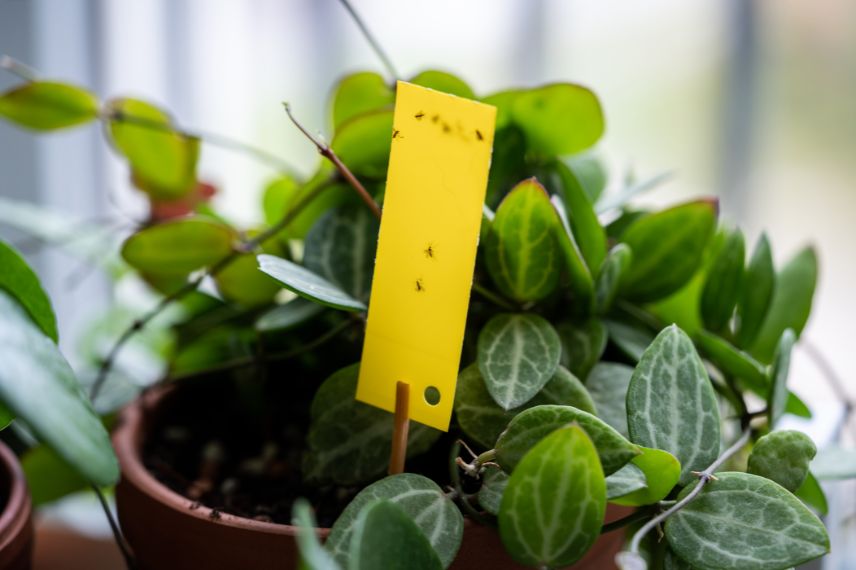
Yellow sticky traps are useful for catching adult fungus gnats
To go further
Find in our related articles very specific advice for each parasitic pest.
- Subscribe!
- Contents
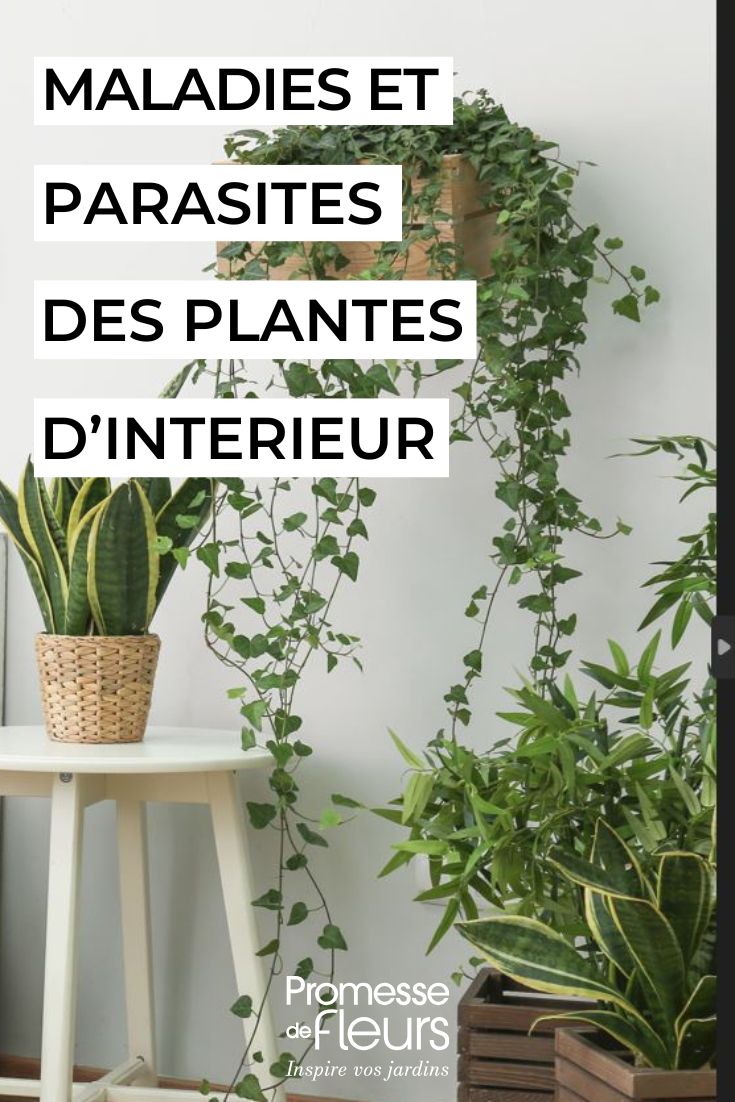































Comments